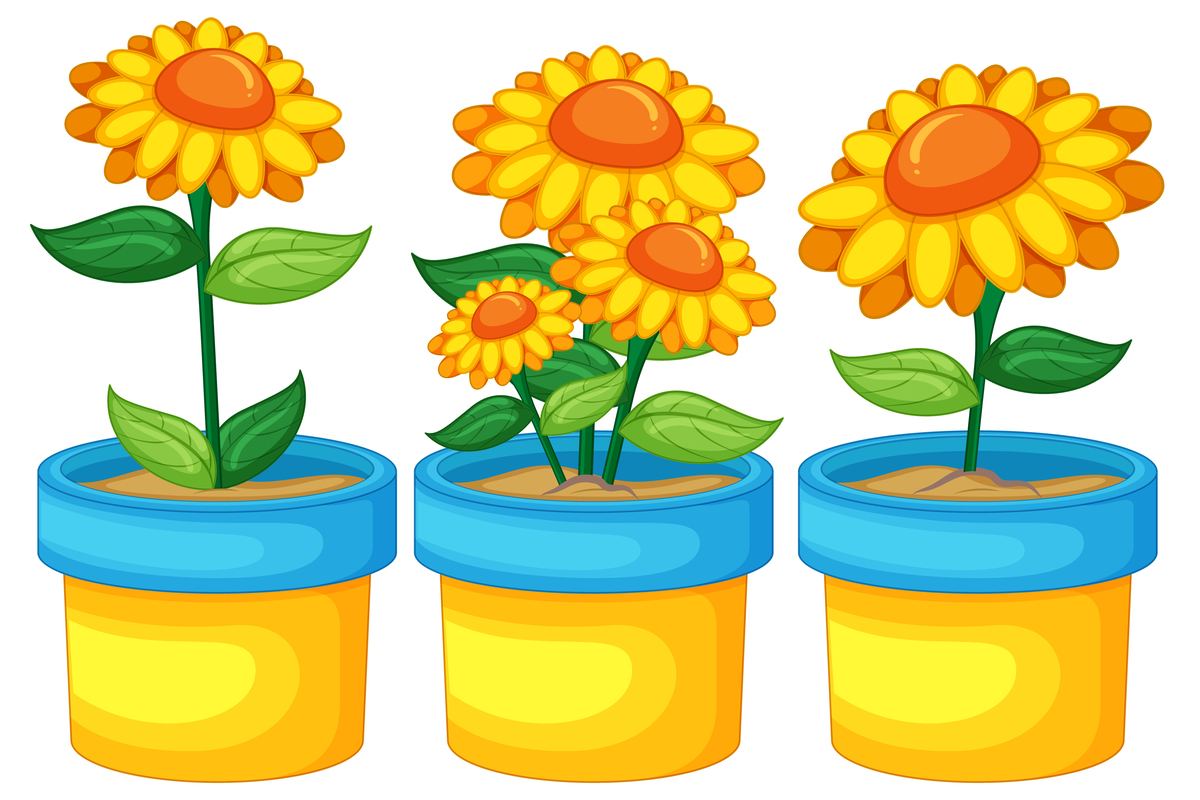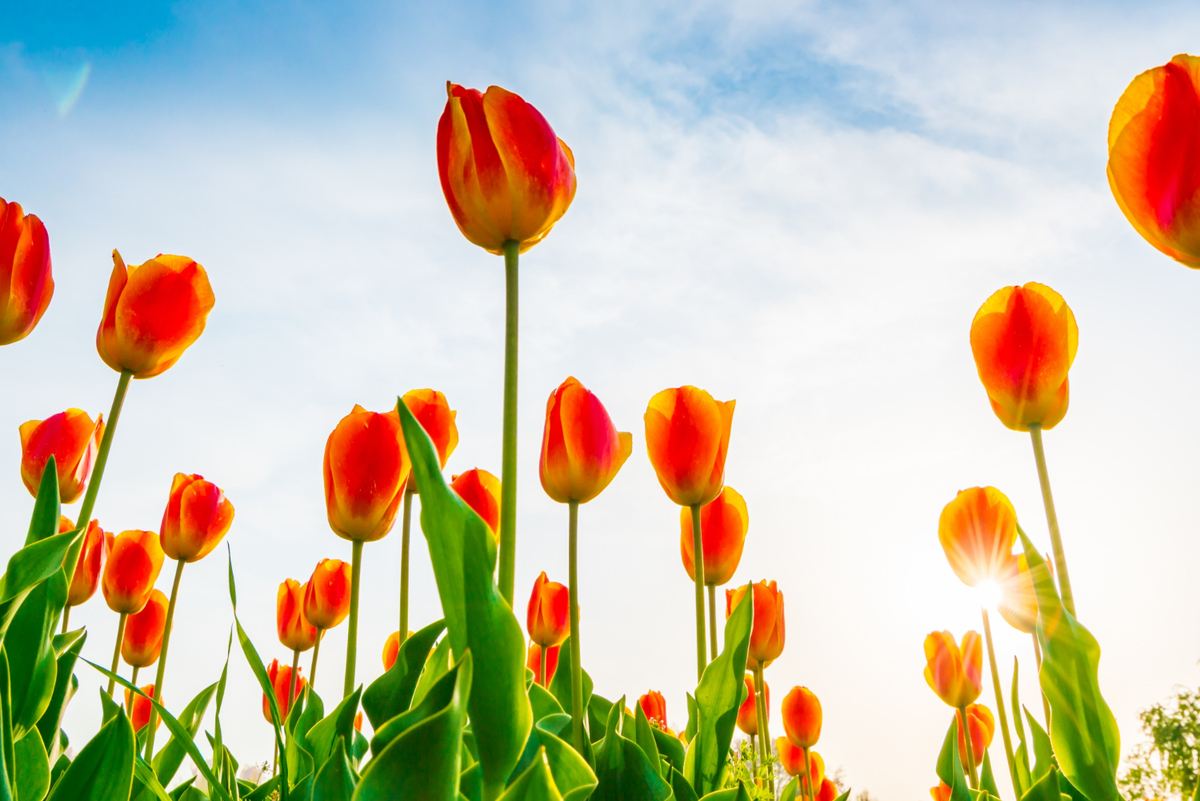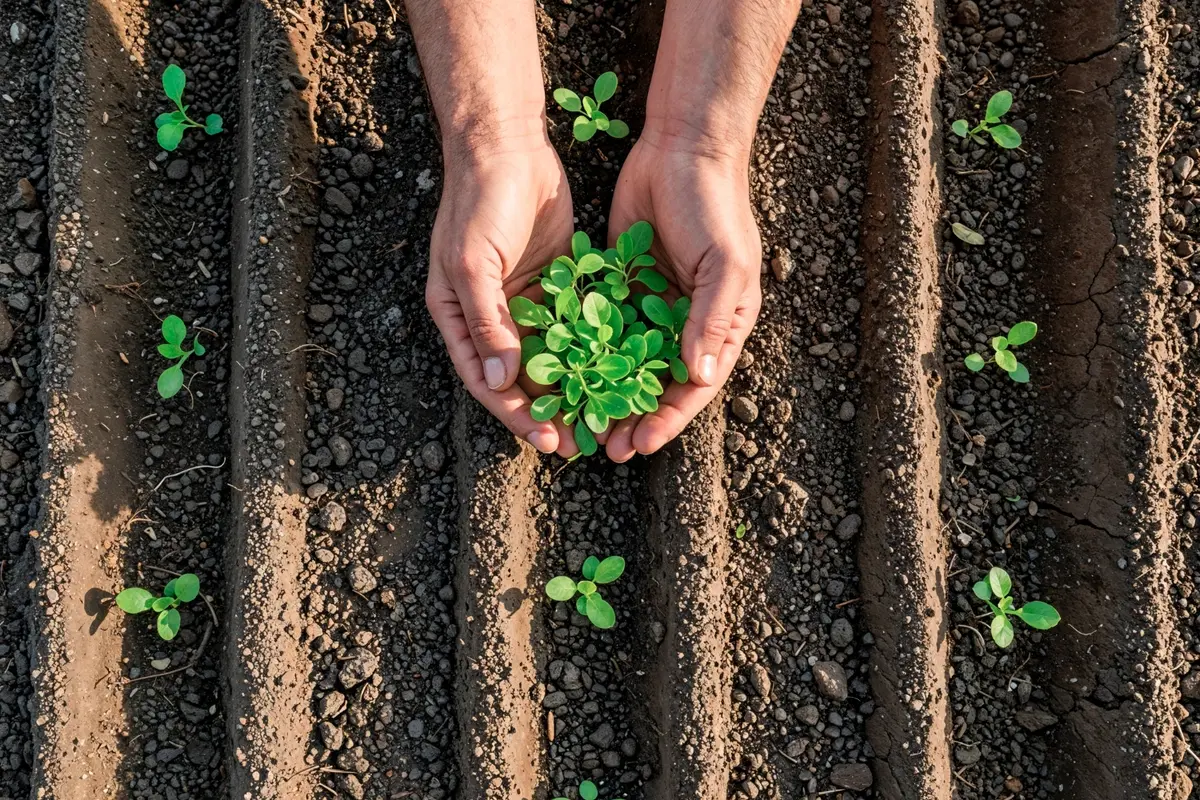Scientific Name: Dahlia spp.
Family: Asteraceae
Dahlia is a beautiful flowering plant grown for its fascinating blooms. Though lacking in fragrance, dahlia flowers come in various colors, patterns, and sizes. Dahlia plant height varies from 30 cm to 180 cm depending on different cultivars. The cut flowers are mainly used for table and interior decoration. You can buy dahlia plants from a nursery in summer or grow them on your own from tubers, cuttings, and seeds. If you have a pet in your home, then keep them away from dahlia plants, because these flowers are toxic to both cats and dogs.
Table of Contents
Different Classes of Dahlias
Different cultivars of dahlia have been classified into different classes based on the shape, size of flowers, and the formation of petals. You can choose any cultivars of these classes according to your choice to grow in your garden.
1. Single-flowered: These plants are much taller with many branches. The flowers are 10 cm or less in diameter with a single outer ring of florets surrounding a central disc. Single dahlias grow for a long time, and they are preferred the most for cut flowers.
2. Star flowered: These are small flowers having 2 or 3 rounds of pointed petals that overlap very slightly. In recent times, these cultivars are seldom cultivated.
3. Anemone-flowered: This class of dahlia flowers has a dome-shaped central disc with tubular florets surrounded by an outer ring.
4. Collarette: These cultivars are very attractive looking. The outer petals in a row are broad and great. The blooms are usually about 12-15 cm across and resemble the single cultivars in that they have a ring of flat ray florets surrounding the central disc, but in addition, they have an inner ring of narrower florets which are about half the length of the outer florets, usually contrasting in color.
5. Peony flowers: These flowers are very important in modern decoration. Flowers have 2 or 3 rows of flat florets with a disc in the center and are subdivided into large (over 18 cm), medium (12-18 cm), and small (up to 12 cm) depending on the size of the flowers.
6. Decorative Dahlias: These are widely grown and exhibited dahlia flowers. Fully double flowers with flat petals seldom show a central disc subdivided into large (over 20 cm), medium (15 to 20 cm), small (10 to 15 cm), and miniature (up to 10 cm).
7. Double Show and Fancy Dahlias: These are full double globular flowers over 10 cm across, with central florets being slightly smaller than the other ones, with incurved edges and blunt mouths.
8. Pompon Dahlias: These flowers are like those of the show and fancy dahlia in quality but smaller in size, subdivided into large (7 to 10 cm), medium (5 to 7 cm), and small (up to 5 cm). Florets are curved at their margins, short and blunt at the mouth.
9. Cactus Dahlia: This class of dahlia flowers has fully double flowers that do not normally show the central disc. The flowers have straight or incurved petals which are partially revolute along their length and tend to be narrower and pointed, which gives the flower an added lacy charm.
10. Dwarf-bedding Dahlias: This is a very useful section that can be subdivided into single, decorative, Peony-flowered, cactus, and anemone-flowered cultivars.
How to Grow Dahlia Flower at Home

Propagation Methods
You can propagate dahlia flowers through different methods, which I am describing below. You can choose between them as per your choice.
By seeds: You can easily propagate dahlia plants by seeds. You can sow seeds in nursery beds or seed pans and later transplant them in the main garden, or you can sow the seeds directly in your garden.
By Suckers: This is the easiest and most satisfactory method of propagation for dahlias. But you have to ensure that each tuber has at least one eye. To allow the eyes to sprout, the tuber should be kept in a warm and moist place for a short time before division. Tall cultivars should be planted 1.25 m apart, medium tall ones 1 m apart, and dwarf types should be planted 0.75 m apart in rows.
By Cuttings: This method is mostly used by commercial growers. The cuttings are taken from young shoots, as soon as they develop a third or fourth set of leaves.
Growing Season
Dahlia plants are grown in the summer season when the soil temperature is above 15°C. You can start growing dahlias between April and June, depending on the climatic conditions in your area.
Soil Preparation
Well-drained loamy soil is ideal for growing dahlias. The soil must contain a sufficient amount of organic residues. You can use leaf mold, compost, or farmyard manure during soil preparation for better results.
How to Take Care of Dahlias

1. Sunlight
Dahlia plants require full sun of at least 6 to 8 hours a day for better growth and flowering.
2. Watering
Dahlias don’t need a lot of water for survival. If frequent summer rain happens in your area, then supplemental watering is not essential. Otherwise, watering once or twice a week will be sufficient. Always avoid over-watering because it can cause rotting tubers and roots.
3. Mulching
Mulching is not recommended in most cases to keep the soil warm, but for very hot and dry climates, you can apply mulch for moisture conservation.
4. Fertilizer Application
Dahlia plants require nutrient-rich soil for their growth and development. Use low-nitrogen but high-phosphorus fertilizers once a month for better blooming.
5. Insect Pests and Diseases
Dahlias can be affected by different pests like aphids, caterpillars, slugs, etc, and different diseases like smut, powdery mildew, damping off, etc. Use the recommended medicine to treat your plants whenever you find any infections.
FAQs
Which method is easier to grow dahlias from tubers or seeds?
Growing dahlias from tubers are easier than seeds. Because tubers grow quickly and start blooming faster. In the case of seeds, it will be a long process from sprouting to blooming.
What is the difference between dahlia tubers and seeds?
There is a major difference between dahlia tubers and seed sowing. In the case of tubers, you will get exact copies of their mother plant but the seed will give you a diverse collection of unique blooms.
How deep to plant dahlia seeds?
Sow your dahlia seeds 2-3 cm deep and firm soil lightly. The seedling will emerge within 15 to 20 days.
How many dahlias bloom per plant?
One dahlia plant can give you 12 to 15 flowers if proper care is taken. And also, the more flowers you cut from the plant, it encourages new blooming.
How long do dahlias take to grow and bloom?
Dahlias take almost eight to ten weeks from planting to reach the blooming stage.










